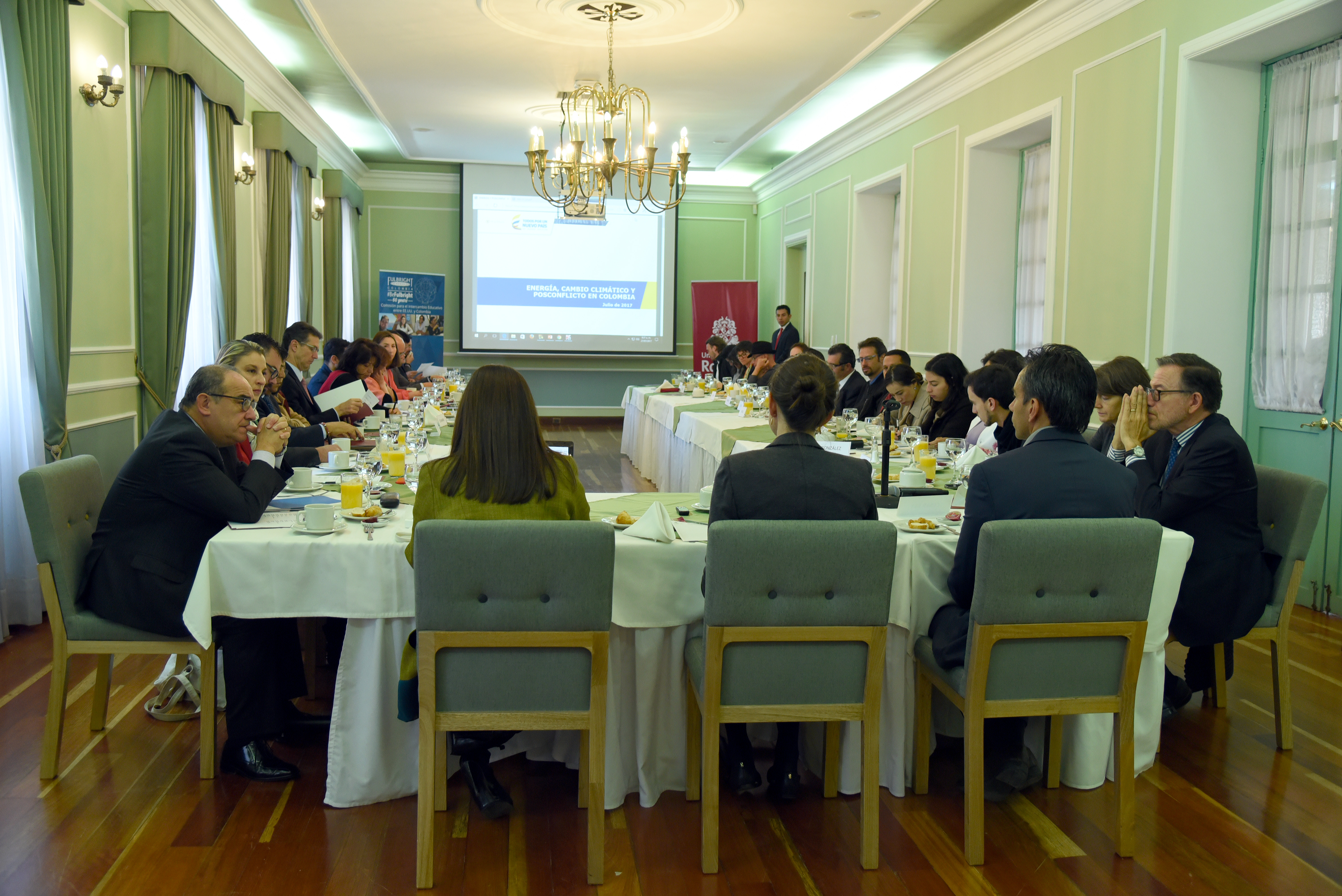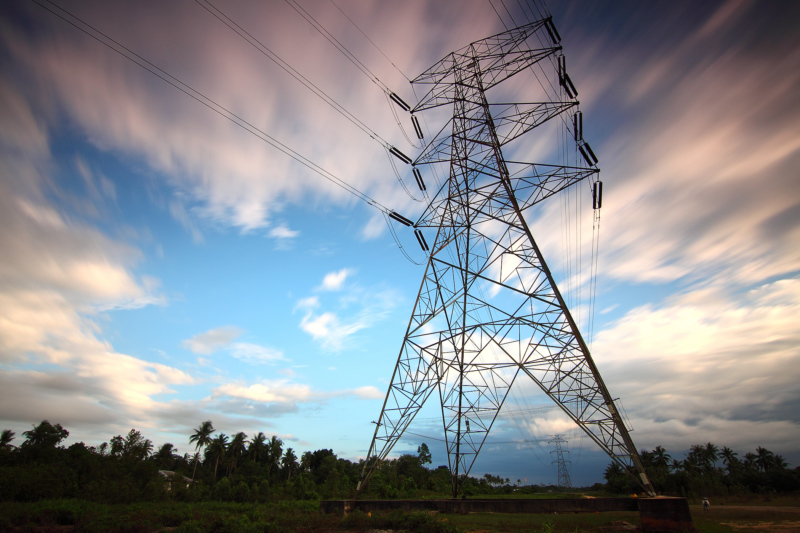Colombia-Venezuela Relations: What Are the Prospects?
Colombia and Venezuela have a history of rocky relations characterized by short bursts of improvement and deterioration.
This post is also available in: Español
Providing reliable, clean energy to Colombia's growing population will be a tremendous challenge in the coming years, according to speakers at an Inter-American Dialogue roundtable discussion in Bogotá. The implementation of the peace accords presents additional challenges as the government seeks to provide electricity access to communities in remote areas previously controlled by the FARC.
Electricity demand in Colombia is set to balloon in the coming decades. Generation will grow by over 50 percent to 100,000 gigawatt hours (GWh) in 2030 compared to 70,000 GWh currently, according to Carlos García, deputy director for demand at Colombia’s Mining and Energy Planning Unit (UPME). If Colombia introduces widespread use of electric vehicles – the main pathway to reach zero-carbon energy – demand projections for 2030 reach a whopping 170,000 GWh.
 Large scale hydroelectric dams represent the most affordable, clean and reliable source of electricity to meet this growing demand, according to Luis Fernando Rico, president of Isagen, one of Colombia's largest power generation companies. Rico acknowledged the social and environmental costs of building large hydroelectric dams, including the displacement of communities and major changes to the local environment, but said he believed that with appropriate compensation and mitigation measures, expanding these projects would be a net positive development for Colombia. Hydroelectric power is particularly important to providing low-carbon electricity because it provides a firm energy source and energy storage through dams to facilitate the use of intermittent renewable sources such as wind and solar.
Large scale hydroelectric dams represent the most affordable, clean and reliable source of electricity to meet this growing demand, according to Luis Fernando Rico, president of Isagen, one of Colombia's largest power generation companies. Rico acknowledged the social and environmental costs of building large hydroelectric dams, including the displacement of communities and major changes to the local environment, but said he believed that with appropriate compensation and mitigation measures, expanding these projects would be a net positive development for Colombia. Hydroelectric power is particularly important to providing low-carbon electricity because it provides a firm energy source and energy storage through dams to facilitate the use of intermittent renewable sources such as wind and solar.
Energy Viceminister Rutty Ortiz, in turn, stressed that Colombia needs to diversify its sources of energy, not only in the electricity sector but also in the transport sector. She noted Colombia’s increasing use of natural gas not only for power generation but also for transportation and heating, as well as the expansion of non-hydro renewable energy sources, such as wind and solar power. The country has 56 new wind and solar projects currently under development.
Improving energy efficiency could also allow Colombia to make huge strides in meeting growing demand. The country loses 15 billion pesos per year, around $5 million, because of inefficient energy use, according to UPME. This raises costs for consumers and businesses.
One of the greatest challenges to expanding electricity generation is relations with local communities where projects will be built, or the "social license to operate," several speakers and participants noted. César Rey, director of biodiversity and forestry at the environment ministry stressed the importance of dialogue with local communities and incorporating climate change mitigation and adaptation into the plans to implement the peace accords. Many experts believe that social conflicts over large infrastructure projects may increase in former conflict zones previously controlled by armed groups where the state had little presence. Increasing the state presence in these areas and bringing these territories under the control of the national government represents perhaps the greatest challenge to implementing the peace accords.
In an example of how conflict zones have been isolated from the rest of the country, the regions of the country lacking access to electricity overlap almost identically with former conflict zones – even though Colombia has an electrification rate of 98 percent. Indeed, the government explicitly agreed to provide basic services such as access to electricity and water as part of the peace accords. The Mines and Energy Ministry's goal is to reach 100 percent electrification, said Ortiz, which will require increasing consultations with local communities to identify community concerns and needs and the most viable energy solutions for each area.
Colombia and Venezuela have a history of rocky relations characterized by short bursts of improvement and deterioration.
On August 7, an important chapter in Colombian-Venezuelan relations that has coincided with the presidencies of Alvaro Uribe and Hugo Chavez will come to an end. These last eight years have been a rollercoaster, with moments of great tension but also occasional pragmatism.
After decades of violence, peace remains a coveted yet elusive goal in Colombia.
